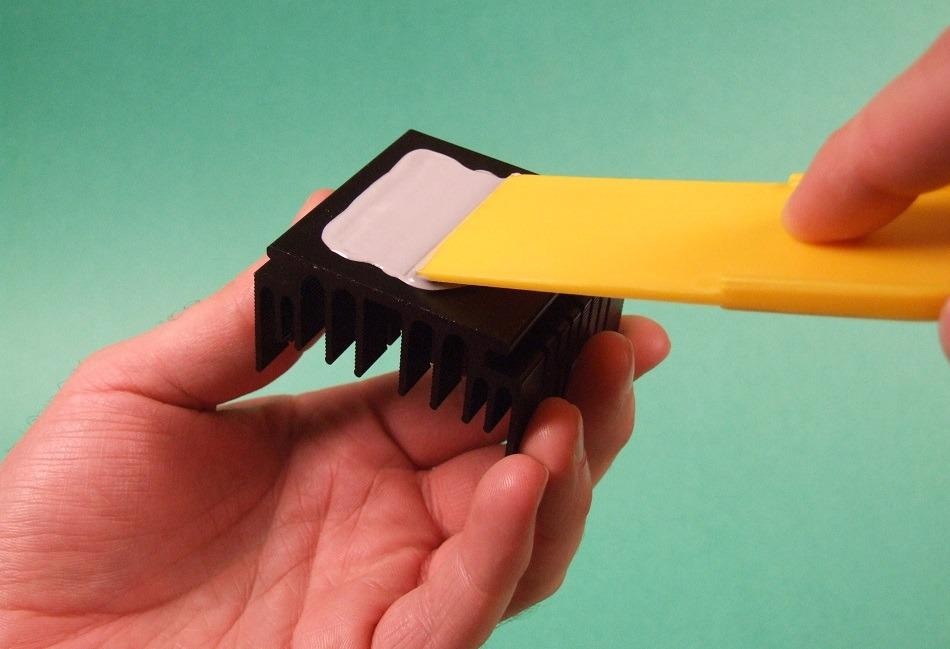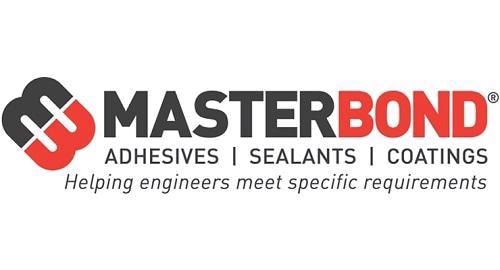Spacecraft are complex, exceedingly durable structures equipped with computer and control systems, electronic instrumentation, solar power systems, imaging systems, and other highly specialized equipment. Many spacecraft also deploy optical systems for observation and image capture. Meticulous design, manufacturing, and maintenance of these systems and structures are vital to the proper functioning of spacecraft.

Unique Conditions in Space Pose Design Challenges
Man-made structures destined for space face a very different operating environment than that on Earth since space is beyond Earth’s protective atmosphere. The space environment consists of a high vacuum and varying temperature conditions ranging from -200 °F in shade to as high as 200 °F when facing the sun.
In addition, spacecraft propulsion systems and certain experimental systems on the International Space Station (ISS) operate at cryogenic temperatures (4 K). These conditions impose a unique set of constraints on the design of spacecraft technology and the materials used to build spacecraft.
Depending on where the spacecraft is deployed, additional environmental factors may impact technology design. In the Low Earth Orbit (LEO) environment (altitudes of 200-1000 km), where all manned space stations to date and most artificial satellites are deployed, highly reactive atomic oxygen (AO) is prevalent.
Particulate radiation (protons, electrons, and heavy ions) is predominant in the geostationary orbit (GEO) environment (altitudes of 35,786 km), where communications and weather satellites operate. For the interplanetary and deep space environments traveled by space probes, high temperatures and radiation intensities are of particular concern.
Adhesives in Space Applications
Adhesives and other polymeric materials are used extensively in all types of spacecraft for structural, mechanical, and electronics applications such as bonding, potting, encapsulation, coating, sealing, and staking. The majority of adhesives used in space applications are not directly exposed to atomic oxygen and ionizing radiation, because they are enclosed within the spacecraft or sandwiched between adherends on the surface of the spacecraft. Whether directly exposed to space or not, all adhesives used in space applications are subject to high vacuum and extreme cold conditions.
All polymeric materials can outgas, potentially releasing volatile products that may condense and contaminate electronic, optical, or precision instrument parts. As such, adhesives and other polymeric materials must be able to function properly under space conditions without adversely impacting other spacecraft components.
Explore how the unique characteristics of space environments can affect the performance of adhesives. Gain increased understanding about the critical need for low outgassing adhesives for space applications, the NASA standard for low outgassing, and the variety of one- and two-part low outgassing epoxy grades designed to meet the critical performance properties required in space applications.

 Want to know more? Click here to read the full article.
Want to know more? Click here to read the full article.

This information has been sourced, reviewed and adapted from materials provided by Master Bond Inc.
For more information on this source, please visit Master Bond Inc.